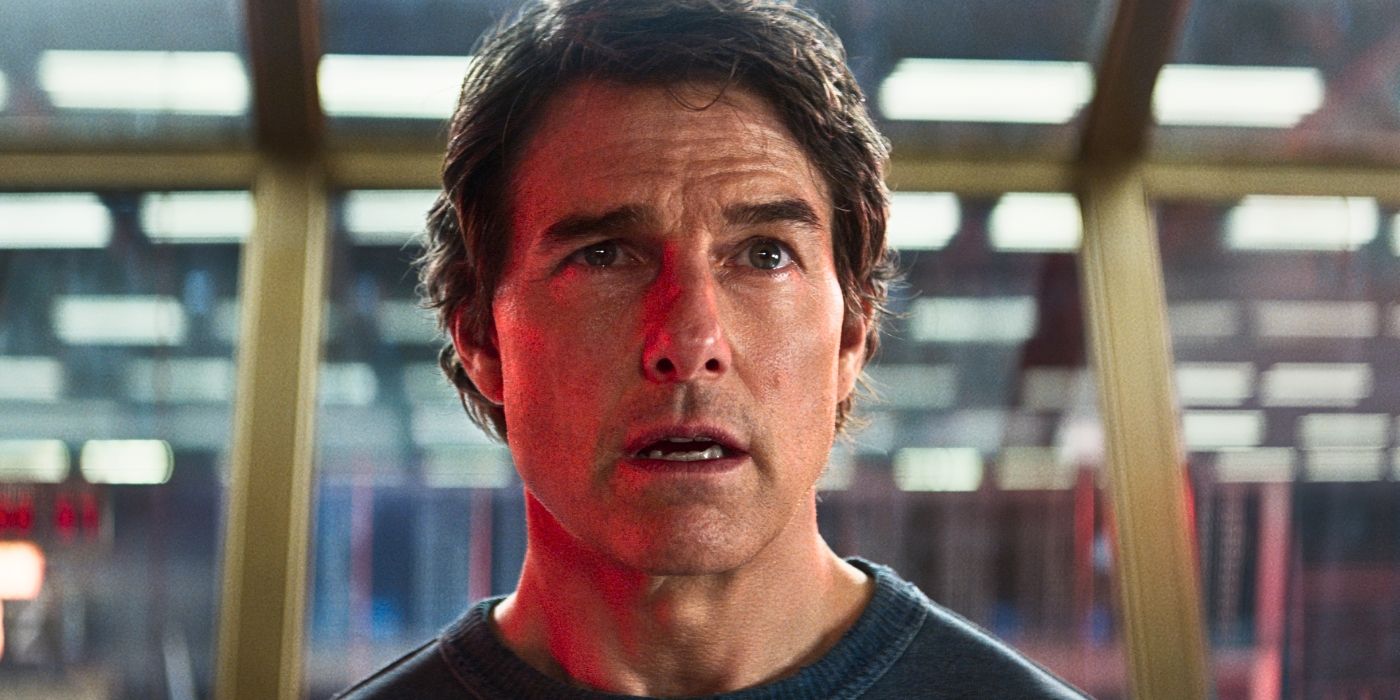When it comes to iconic spy franchises, few can rival the clout of Mission: Impossible and James Bond. Both series boast rich histories, fervent fan bases, and a plethora of memorable characters and thrilling plots. Yet, in the ultimate showdown of espionage, which franchise truly reigns supreme? In this exploration, we delve into various facets of both franchises, guiding you through their strengths and weaknesses while ultimately setting the stage for your judgment.
1. Historical Context and Evolution
The James Bond franchise, initiated in 1962 with “Dr. No,” is rooted in Ian Fleming’s novels, establishing a template that would influence countless spy narratives. It represents traditional espionage, where suave sophistication meets intense action sequences. Over decades, the franchise has evolved through multiple actors—each bringing a unique flair while retaining its core elements: gadgets, romance, and global intrigue.
Conversely, Mission: Impossible made its television debut in 1966, morphing into a film series beginning in 1996, led by Tom Cruise. This franchise epitomizes contemporary action cinema with elaborate set pieces and high-octane stunts. It has adapted to modern sensibilities, incorporating not only espionage but also elements from action and thrillers that captivate a newer generation.
2. Characterization and Protagonists
At the heart of any successful film franchise lies its protagonist. James Bond, portrayed by actors including Sean Connery, Roger Moore, and Daniel Craig, embodies the archetype of the smooth-talking gentleman spy. His character is both a lover and a fighter—invoking charm and charisma that captures audiences even amidst relentless peril.
In stark contrast, Ethan Hunt, played by Tom Cruise, is characterized by relentless determination and resourcefulness. Hunt is often depicted as a man on a mission—conflicted yet unwavering. His character represents the quintessential modern action hero, often engaging in complex moral dilemmas while genuinely holding a sense of camaraderie within the IMF (Impossible Mission Force).
3. Thematic Elements and Narratives
Thematic depth plays a paramount role in distinguishing the two franchises. James Bond often mixes satire with stark realism, allowing it to embrace topical issues—whether political plight or gender dynamics. The franchise has also explored themes of loyalty and betrayal, making it a reflective commentary on espionage’s moral ambiguities.
In contrast, Mission: Impossible explores themes of teamwork and loyalty, elevated through intricate plots that often echo modern concerns, such as terrorism and cybersecurity. The narrative arc tends to focus on intricate heists and elaborate missions, enriched with betrayals within the IMF structure. Each installment frequently elevates the stakes, further enhancing viewers’ investment in the story.
4. Stunts and Action Sequences
When discussing the pinnacle of action sequences, Mission: Impossible takes the crown, primarily due to Tom Cruise’s commitment to performing his own stunts. Iconic scenes such as the Burj Khalifa climb in “Ghost Protocol” and the plane HALO jump in “Rogue Nation” showcase a level of audacity and physicality rarely seen in cinema.
James Bond also boasts memorable stunts, though they often rely on creative cinematography and innovative gadgets. The iconic Astin Martin DB5 and its array of built-in weapons epitomize the franchise’s blend of technological ingenuity and thrilling action. Each film weaves action sequences into the broader narrative, contributing to a blend of expectation and surprise.
5. Gadgets and Technology
A key hallmark of the Bond series lies in its reliance upon gadgets, with each installment introducing cutting-edge technology designed to astonish audiences. From exploding pens to cars with cloaking devices, Bond’s arsenal has always been synonymous with imaginative innovation.
Mission: Impossible, however, often displays a more grounded approach to technology, favoring the application of covert strategies over fantastical devices. The series leans heavily on espionage realism, with technology serving practical purposes—such as hacking and surveillance—rather than absurd gadgets. This distinction may cater to more contemporary tastes, where viewers remain fixated on authenticity in espionage storytelling.
6. Cultural Impact
The cultural resonance of both franchises is palpable. James Bond, particularly in the earlier decades, became a symbol of masculinity and sophistication, influencing fashion, music, and societal mores around the globe. Bond’s personas have sparked debate about gender roles in cinema, showcasing evolving representations in both character and narrative forms.
Conversely, Mission: Impossible has entered the conversation as a staple of modern action cinema, redefining expectations of what a spy thriller can be. Its emphasis on collaboration, modern ethics, and adventure resonates well with contemporary audiences, capturing a spirit that embodies the complexities of the modern world.
7. Box Office Performance and Critical Reception
Both franchises showcase impressive box office figures. James Bond has amassed a legacy with over $7 billion globally across its films, while Mission: Impossible continues to thrive, with estimated earnings exceeding $3 billion. Each continues to attract significant audiences upon release, providing a testament to their enduring popularity.
Critically, Bond films have won numerous accolades, including Academy Awards, with a mix of high and low ratings throughout its history. Mission: Impossible films have also garnered critical acclaim, particularly for their action choreography and narrative structure, further solidifying their place in cinematic history.
Conclusion: The Verdict
As we dissect the elements that define these two legendary franchises—their protagonists, narratives, action sequences, and cultural impact—we find ourselves at a crossroads. The question remains: which franchise reigns supreme? Is it the classic prowess and cultural resonance of James Bond, or the exhilarating dynamism and innovative storytelling of Mission: Impossible? The choice lies within you. Explore, engage, and decide which of these thrilling epitomes of espionage captures your imagination the most.

